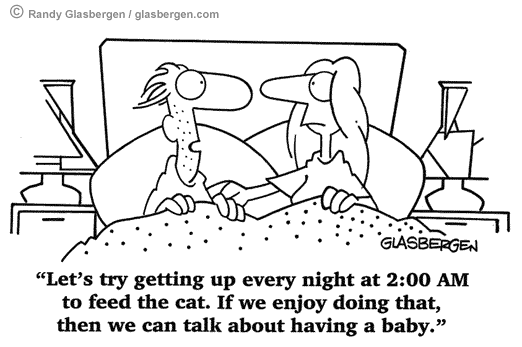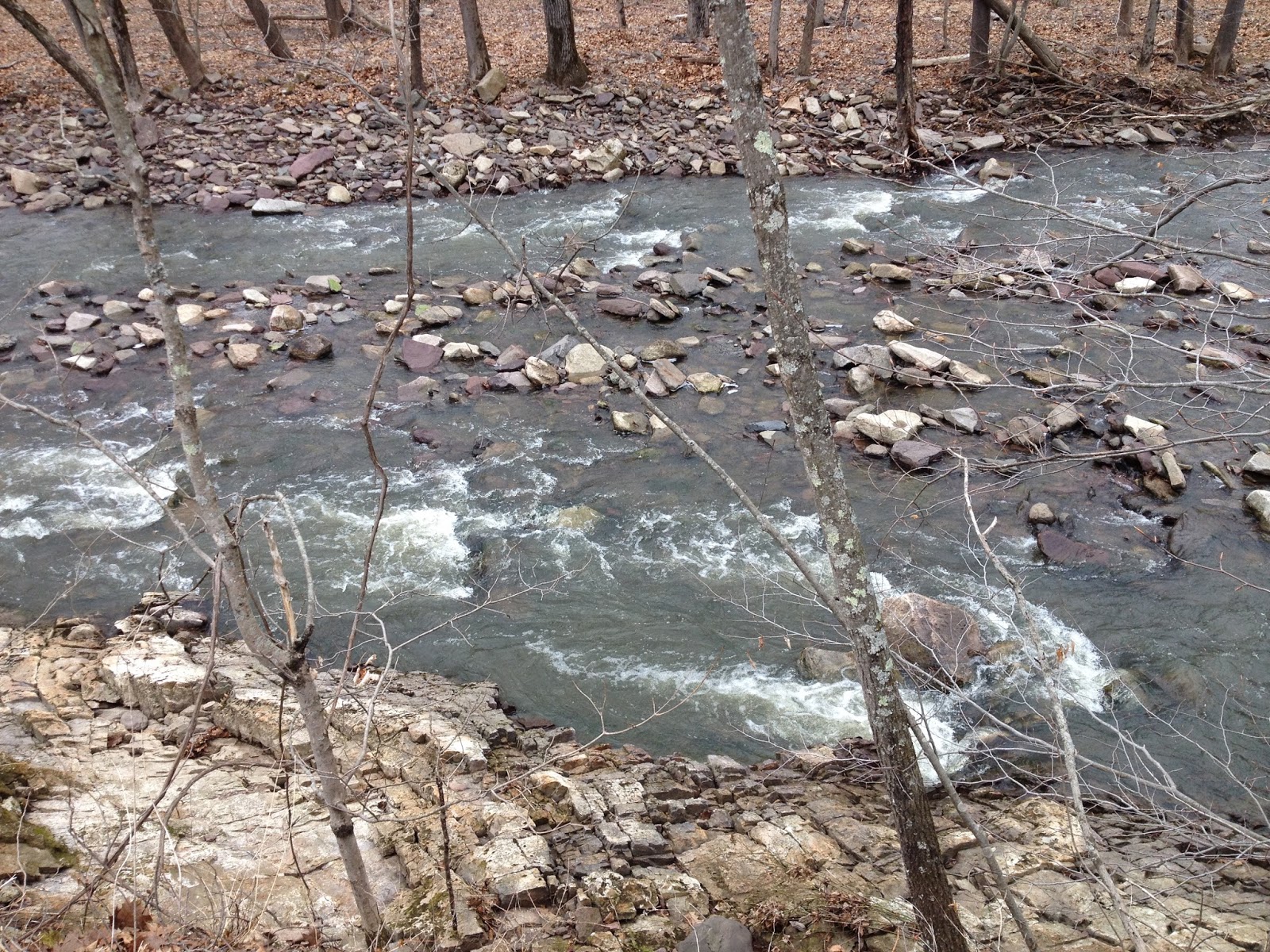My maternal grandmother received a cookbook as a wedding present in the 1930s and used it until she passed away in 1995. By then it was worn and shabby: pages were frayed; she'd taped recipes cut out of newspapers onto some pages; the scribbles of grandchildren occupied others. If you look closely enough, you can find the wobbly traces of both my hand and my younger brother's from when we were kids, a permanent record in pencil of our small size back then.
When my grandmother passed away, her oldest daughter (my beloved godmother) inherited the cookbook. My mother made copies for family members, though, one of which is a prized possession of mine. Grandma's distinctive handwriting covers many of the blank pages, including her recipes for spaghetti sauce, pizza, cheese croutons (for wedding soup--so good I used to eat these small squares straight from the bag she kept in the freezer!), pickles, sausage, cookies, cavatelle, and more.
For some reason I was looking through this cookbook the other day and was reminded anew that it is a relic of a bygone era. This period was the heyday of the woman's club, domestic advances having given middle-class women more time for intellectual and social pursuits. Grandma's cookbook was published by her city's Federation of Women's Clubs, and the contributor of each recipe was identified by both her name and the name of the specific club to which she belonged, of which there were dozens. These clubs have names like "Mother's Progress" and "Monday Conversational Club" and "Women's Literary" and "Garden Guild" and "Drama Guild" and "Reading Circle" and "Monday Musical." This grandmother worked, and so did not have the free time to belong to one of these clubs, but my other grandmother lived nearby and did belong to a club--which one seems lost to time, though. My dad remembers his mother's club friends coming over for luncheons and cards.
I wish I could tell you what year this cookbook was published, but I can't figure it out. The date doesn't appear anywhere on my copy, and my aunt was kind enough to go through the original (just in case Grandma taped a recipe over the copyright page) and she couldn't find it either. Even a Google search came up with a blank. My best guess is that it dates from sometime between World War I and World War II. The ads are illuminating: for one thing, the telephone numbers in them are still five digits (
e.g. 2-6685) and one is for a coal delivery company!
**********
ETA: My mother told me after reading this post that my great-aunt's family (this grandmother's sister) actually owned a coal company that made those home deliveries! Who knew. She also said that in her own house growing up, there was a coal chute through which the delivery people would pour coal for the furnace, and that her mother would get up early in the morning to shovel coal so that the house would be warm when she and her sisters woke up.
**********
The recipes themselves speak of the general era as well. One page is titled "If War Should Come, Bread, Buns and Rolls" and gives recipes for breads made with barley or rye flour substituted for some of the white flour. An article taped onto another page describes ways to use honey instead of sugar because of sugar rationing, perhaps from WWII days. A third page contains a recipe for a coffee substitute made from bran and black molasses toasted to a golden brown in the oven.
Most of the recipes in the book are relatively simple fare, but not all that different from things we might cook today: the glaring exception is the appetizers and salads, which in a few cases feature some, er...
unusual combinations of ingredients. At least to the modern eye.
Trying to envision combining marshmallows, peanut butter and mayonnaise.
Or lime jello, pimiento, onion, mayonnaise and whipped cream.
This one I just can't wrap my head around at all!
I will say, however, that there were FOUR recipes in a row requiring soy sauce (all variations on chow mein and chop suey), which absolutely blew my mind. In a cookbook dating from this time period featuring recipes collected from women living in a small city in the Midwest?? Nice. The other thing that surprised me was how spare the directions are: generally only a few lines per recipe. Apparently back then people didn't need things spelled out...for instance, two jam recipes list the ingredients to be combined and then the entire preserving process is summed up in one word of instructions! "Can."
I think I'm going to have to make something from this cookbook soon. Miss you, Grandma...

























